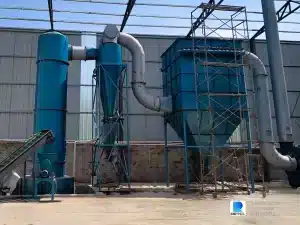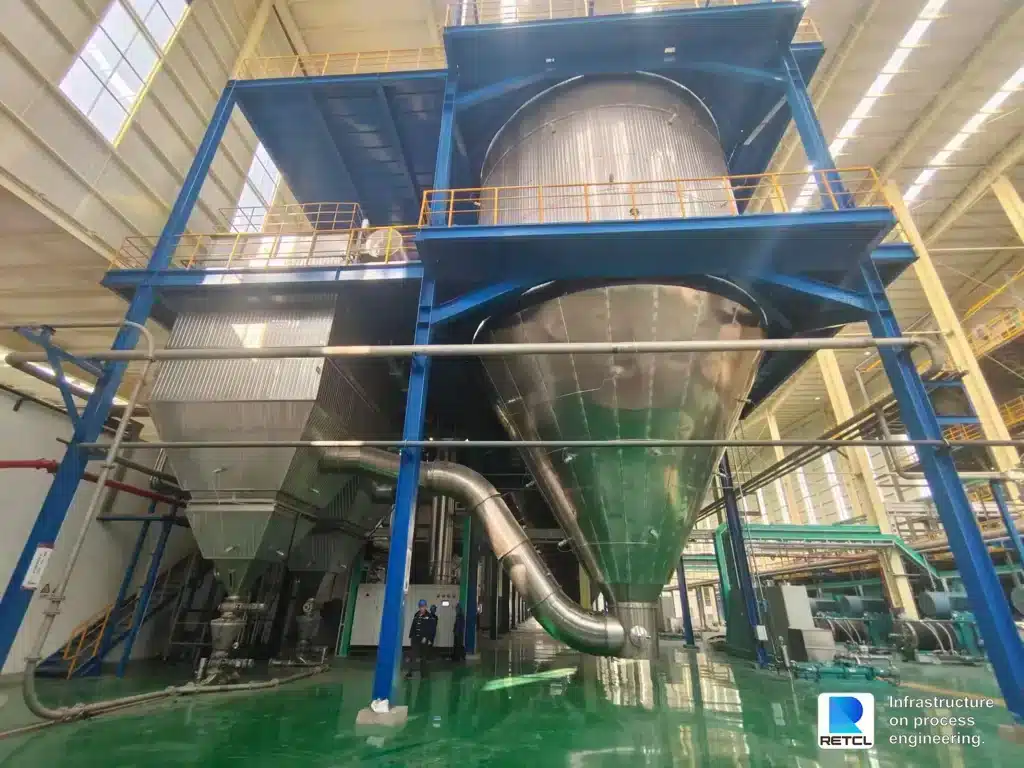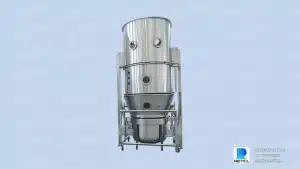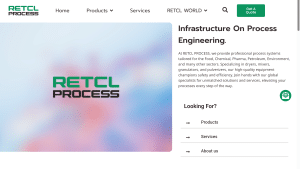Introduction:
Dryers are essential equipment in various industries, serving the purpose of removing moisture or drying materials efficiently. Diverse types of dryers offer unique features and applications, catering to diverse industrial needs. In this blog post, we will delve into the world of dryers, focusing on convection dryers, spray dryers, flash dryers, rotary flash dryers, and fluid bed dryers. Let’s explore their characteristics, working principles, and applications in different industries.
Different Types of Industrial Dryers:
Convection Dryer:
Convection dryers utilize hot air or gas to transfer heat to the material being dried. They are highly versatile and find applications in industries such as food processing, pharmaceuticals, textiles, and chemicals. Convection dryers excel in preserving the quality and characteristics of the dried product, thanks to their controlled drying conditions.
Spray Dryer:
Designers specifically create spray dryers to turn liquid or slurry into fine powder or granules by atomizing and drying it. The spray dryer disperses the material into a mist of droplets, which hot air or gas quickly dries. This dryer type is popular in the food and beverage industry for making powdered products such as milk powder, instant coffee, and flavorings.
Flash Dryer:
Flash dryers boast high drying rates and short residence times. They disperse material in a chamber and rapidly dry it by introducing hot air or gas. The mineral processing industry uses them to dry fine powders like clay, limestone, and silica. Additionally, the chemical and agricultural sectors employ flash dryers to dry granular or crystalline materials.
Rotary Flash Dryer:
A variation of the flash dryer is the rotary flash dryer, which features a rotating drum or cylinder. This design enhances drying efficiency by increasing the material’s exposure to the drying medium. Rotary flash dryers are extensively used in the chemical industry for drying heat-sensitive materials, organic pigments, and dyes.
Fluid Bed Dryer:
Fluid bed dryers utilize a bed of hot air or gas to suspend and fluidize the material being dried. This fluidization enhances heat transfer and drying efficiency. Industries such as pharmaceuticals, chemicals, and plastics widely apply fluid bed dryers to dry granules, powders, and pellets. They are particularly effective for drying heat-sensitive or fragile materials.
Vacuum Dryer:
Vacuum dryers operate under reduced pressure, which lowers the boiling point of liquids and facilitates faster drying. The chemical, pharmaceutical, and electronics industries widely use these dryers. They dry heat-sensitive materials and substances that may degrade at high temperatures. Vacuum dryers provide efficient and controlled drying while minimizing the risk of product damage.
Choosing the Right Dryer:
Selecting the appropriate dryer for a specific application is crucial to achieve optimal drying results. Here are some factors to consider when choosing a dryer:
Moisture Content: Measure the material’s initial moisture content before drying. Some dryers work better with high moisture content, while others are for low moisture content.
Material Characteristics: Consider the physical properties of the material, such as particle size, shape, and sensitivity. Certain dryers may be better suited for powders, while others are more effective for granular or fibrous materials.
Drying Speed: Evaluate the desired drying speed. Some dryers offer faster drying rates, which may be important for high-volume production, while others provide a slower and gentler drying process for delicate materials.
Energy Efficiency: Assess the energy consumption of the dryer. Energy-efficient dryers can help reduce operating costs and minimize environmental impact.
Space and Capacity: Consider the available space in the facility and the required drying capacity. Some dryers have a compact design, while others can handle larger volumes of material.
Maintenance and Cleaning: Evaluate the ease of maintenance and cleaning. Dryers with accessible components and user-friendly designs can save time and effort during routine maintenance.
Budget: Determine the budget allocated for the dryer. It’s important to find a balance between cost and performance to ensure the best value for money.
Consulting with dryer manufacturers, industry experts, and conducting thorough research can provide valuable insights into the different options available. Additionally, testing the dryer with a sample of the material can help assess its performance and compatibility.By carefully considering these factors and making an informed decision, businesses can choose a dryer that meets their specific requirements and optimizes the drying process, leading to improved productivity, product quality, and customer satisfaction.
Conclusion:
Dryers play a crucial role in various industries, enabling efficient moisture removal and drying of materials. The different types of dryers, including convection dryers, spray dryers,Vacuum Dryers, flash dryers, rotary flash dryers, and fluid bed dryers, offer unique features and applications. Each type is tailored to excel in specific drying conditions and meet different industries’ requirements.
About RETCL Process:
RETCL Process is a leading provider of industrial drying solutions based in Changzhou, Jiangsu Province, China. With a strong commitment to innovation, quality, and customer satisfaction, RETCL Process offers a wide range of customized drying solutions to meet the unique needs of clients across various industries.
Passionate about enhancing customer experiences and streamlining operations, Mark focuses on building strong relationships, fostering innovation, and leading teams to achieve exceptional service and efficiency.
Email: mark.gu@retcl.com
Phone: +86 18021972660









